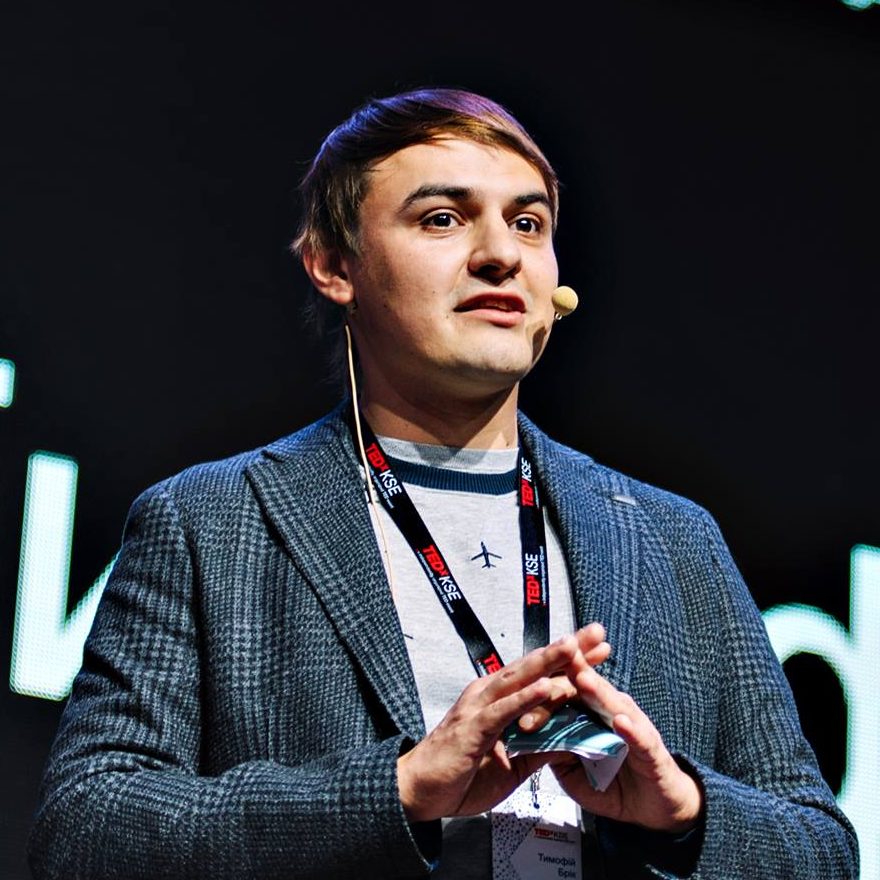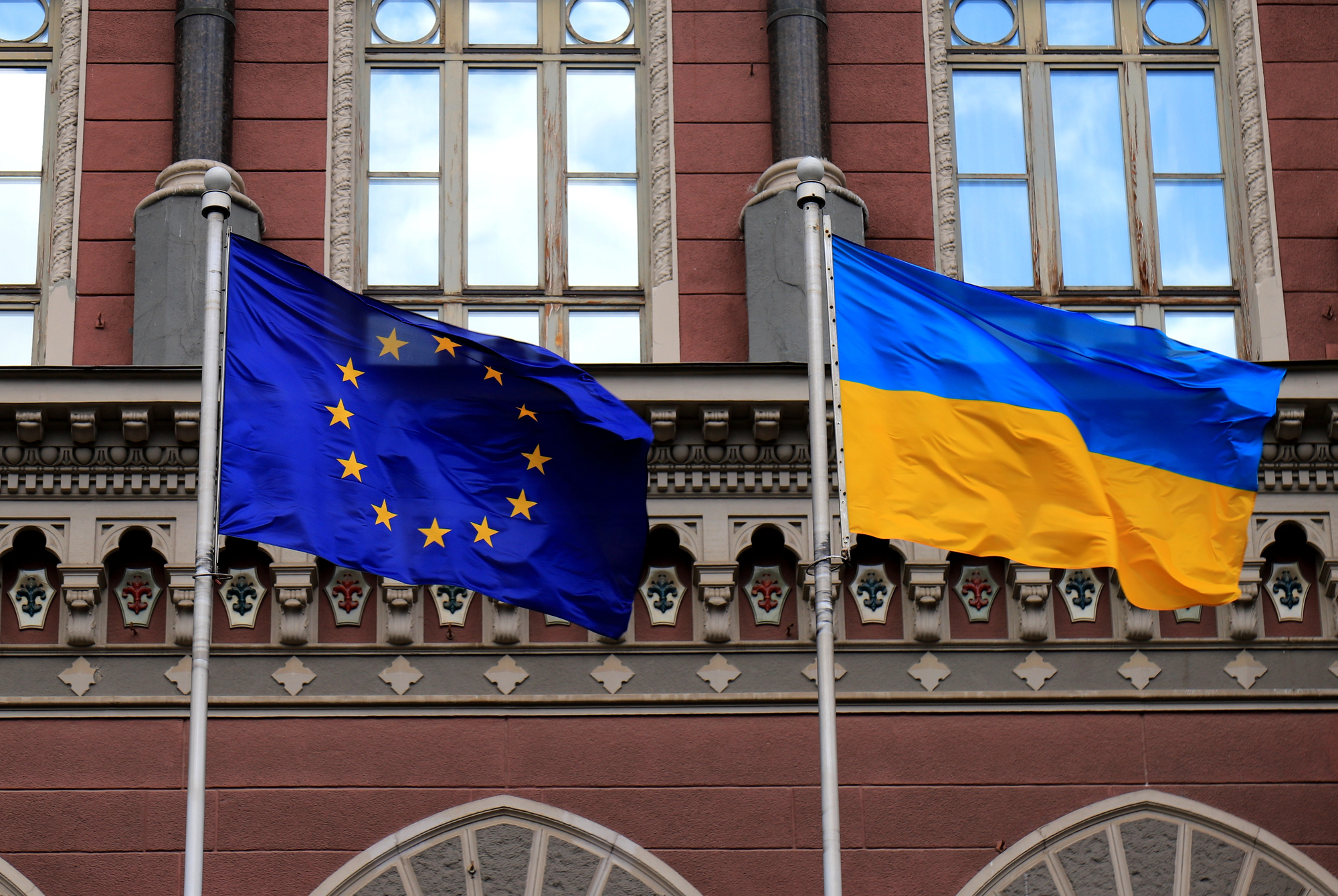June 3, 1988, thirty years ago, by decree of the Presidium of the Supreme Soviet of the USSR, Metropolitan Kyiv Filaret was awarded with the Order of the Red Banner of Labor. This order was received not by him alone, but by a whole group of church hierarchs for ‘active peacekeeping activities and due to the 1000th anniversary of the baptism of Rus’. The era of ‘glasnost-perestroika-uskoreniye’ has touched religion as well.
As a result of the collapse of the USSR and the emergence of new independent states, a huge number of people gradually received freedom and legal rights to exercise religion. However, the legal right has not always coincided with the canonical one. For example, according to various surveys, the number of Ukrainians who consider themselves as members of the Ukrainian Orthodox Church of the Kyiv Patriarchate (UOC-KP) is constantly increasing (Razumkov Center, pp. 16). However, the question of the canonical status of the UOC-KP still remains open. Perhaps, with the thirty-year span, Filaret – already the Patriarch of Kyiv and All Rus-Ukraine – will receive an order for solving this issue, but fromf another president of another country.
The issue of autocephaly and the odds of the Ukrainian Orthodox Church to receive it has been reviewed in a number of well written text (for example, BBC Ukraine, Petrimazepa, Hromadske.ua, UP). In this blog I would like to take the next step and shift from the description of the political moment to the modeling of the religious behavior of ordinary people. Although many experts and journalists have focused on the personality of Poroshenko, his motives, church history and a tricky geopolitical game, one should not forget that the centerpiece of autocephaly is the everyday life of many Ukrainians. Naturally, the question arises as to what happens to parishioners in Ukraine, if this year the religious field is restructured and the number of religious groups will change? Will church leaders get what they expect – quantitative growth and qualitative improvement of their parishioners? The answer, as often in the modeling, depends on the conditions.
What happens to parishioners in Ukraine, if this year the religious field is restructured and the number of religious groups will change? Will church leaders get what they expect – quantitative growth and qualitative improvement of their parishioners? The answer, as often in the modeling, depends on the conditions.
The influence of religious competition on religiosity
It is not easy to predict people’s thoughts and deeds. Sometimes it’s even difficult to imagine where to start. In Ukraine people are used to turn to sociological surveys. For example, if X percent of respondents say: ‘I will vote for this candidate’, we are used to simply take that same X as a prediction (with a certain warning about sampling errors). Sociological literature suggests that in this case this is not the best way.
It would be much more productive to study religious organizations as a market for religious services. If we know how this market is being arranged (whether competition exists there, which are the main players, how it is regulated) then we can successfully predict the behavior of people on this market – whether they will consider themselves to be more religious and will attend church more often.
The theory of religious markets, which arose in the late 1980s, was, at one time, an interesting breakthrough in sociology and economics, since it redefined the mechanism of competition in a new way. Earlier, religion researchers believed that any challenge to the authority of the church as a single voice about how the world is set up triggers for it a delay-action bomb. If a dominant religious group encounters competition from new religious movements, state, science, media or civil society, then (as prevailing theories taught), the religious worldview gradually loses its grasp on society.
But in the new theory of religious markets, competition, on the contrary, helps to maintain the religiosity among the population in developed countries. This happens because in such countries, churches receive additional incentives to fight for the hearts and souls of parishioners. In developed countries where there is a high competition among religious groups, churches systematically use new instruments in chasing parishioners, while their ideologies become less conservative. Modern religious markets are very diverse and create different niches that would satisfy people with different religious demands. In contrast, when such circumstances are not met, when the church does not have visible competition, it begins to behave like a ‘lazy firm’ (if you turn to a sociological jargon) and does not put the same effort in the struggle for parishioners. Thus, the quality of its religious products is not improved, which stops stimulating people to be truly invested in the religious ideologies and to be part of religious communities.
In developed countries where there is a high competition among religious groups, churches systematically use new instruments in chasing parishioners, while their ideologies become less conservative. Modern religious markets are very diverse and create different niches that would satisfy people with different religious demands.
Ukraine is unique because its religious market is not only extremely diverse, but also because the Ukrainian Orthodox churches used different historical and national narratives to mobilize their congregations. In other words, the competition of Ukrainian Orthodox churches is based on national ideologies rather than on merely religious ideologies. The fight of the competing myths of the ‘Russian world’ against ‘Historical Justice of the truly Ukrainian church’ has been going on for a long time. In a situation where (in the most radical interpretation) baptism in a non-canonical UOC-KP is not considered legitimate, the strategy of postponed rewarding (our church will become legitimate later’) works quite successfully.
Our data show that competition[1] between Orthodox churches significantly increased religiousness among the Ukrainian population[2]. The religiosity of Ukrainians grows in those regions where competition on the religious market has developed due to the competition of Orthodox churches. In other words, if you look at the average respondent who lives in a territory with strong competition and compare them to the same respondent who lives in a territory with weak Orthodox competition, their religiosity will be different. It is the first respondent who most likely calls himself religious and will attend church more often. Thus, the theory of religious markets is confirmed by Ukrainian data. Moreover, this effect will be stronger for Ukrainian-speaking respondents who prefer the UCO-KP.
Transitions between churches
The idea of the formation of a new church is based on the assumption that people tend to move from one church to another. In developed countries, such transitions are periodically observed. Unfortunately, we still know very little about such transitions in Ukraine. Longitudinal data can be used to observe how people move from one church to another. In longitudinal polls the same people respond to similar questions after a while. In this case we are talking about the data of Ukrainian Longitudinal Monitoring Survey for 2003, 2007 and 2012.
In developed countries, such transitions are periodically observed. Unfortunately, we still know very little about such transitions in Ukraine. Longitudinal data can be used to observe how people move from one church to another. In longitudinal polls the same people respond to similar questions after a while.
The database contains 3,567 respondents who responded to the question about their religious affiliation in 2003. By 2012 many had reviewed their answers. Yet only 29% of non-religious people, 15% of the UOC-MP and 9% of The UOC-KP remained in their categories. Most respondents changed the way of their religious self-determination.
Such data can be analyzed in a number of different ways depending on a research question. One can compare the first year and the last year. One can observe from where the parishioners departure or which religious group they join. In this blog we would like to address mobility of the Ukrainian religious market. For this different trajectories of mobility will be studied. For instance, a person could follow the most stable trajectory (always remain in the same group) or, on the contrary,change religious affiliations regularly.
Taking all religious categories in the questionnaires for the years 2003, 2007, and 2012 into account, there can be totally 2,677 of their combinations. For example, a person was in the UOC-MP in 2003, then this person transitioned to the UOC-KP in 2007, and then became an unbeliever in 2012. Another possible scenario is that a person was unbelieving in 2003, remained unbelieving in 2007, but then suddenly moved to the UOC-MP in 2012. These are examples of possible scenarios that we can theoretically imagine. Although 2,677 is the maximal possible number of combinations in our data, there were only 265 such combinations observed in the data . Which it is still a very large number. Imagine that there are 265 different trajectories which Ukrainians followed to search for their religious identities. Some trajectories came across quite often; some of these trajectories were unique. For example, only one respondent called himself a Roman Catholic in 2003, then called himself a parishioner of the UOC-KP in 2007, and in 2012 he considered himself simply Orthodox without any particular affiliation. If you filter such isolates away, the data will retain 180 possible scenarios of transitions. The following table shows the top 10 of such transition trajectories. These trajectories were followed by 37% of respondents in the data.
Imagine that there are 265 different trajectories which Ukrainians followed to search for their religious identities. Some trajectories came across quite often; some of these trajectories were unique.
The data of the top 10 transitions show, for example, that in terms of such trajectories, the most stable group is the Greek Catholics. Considering the parishioners of the Kyiv Patriarchate, they were very mobile. Most of them became just Orthodox without any division. In general, the data show that many Ukrainians subsequently become just Orthodox without division[3]. If parishioners of the UOC-KP and UOC-MP changed their religious self-determination, they would often call themselves Orthodox or simply believers.
Transitions of respondents from one category to another. N = 3567, only the first top 10 transitions are shown. The table lists the categories from the sociological questionnaire
| 2003 | 2007 | 2012 | Frequency | Cumulative percentage |
| Greek Catholic | Greek Catholic | Greek Catholic | 235 | 6.6 |
| Ukrainian Orthodox (Kyiv Patriarchate) | Ukrainian Orthodox (Kyiv Patriarchate) | Orthodox without any division | 234 | 13.1 |
| Ukrainian Orthodox (Kyiv Patriarchate) | Orthodox without any division | Orthodox without any division | 223 | 19.4 |
| Ukrainian Orthodox (Kyiv Patriarchate) | Ukrainian Orthodox (Kyiv Patriarchate) | Ukrainian Orthodox (Kyiv Patriarchate) | 209 | 25.3 |
| Ukrainian Orthodox (Kyiv Patriarchate) | Ukrainian Orthodox (Moscow Patriarchate) | Orthodox without any division | 94 | 27.9 |
| Ukrainian Orthodox (Kyiv Patriarchate) | I believe in God but do not belong to any religious denomination | Orthodox without any division | 94 | 30.5 |
| Ukrainian Orthodox (Moscow Patriarchate) | Ukrainian Orthodox (Moscow Patriarchate) | Ukrainian Orthodox (Moscow Patriarchate) | 80 | 32.8 |
| Unbeliever / not profess any religion | I believe in God but do not belong to any religious denomination | Orthodox without any division | 71 | 34.8 |
| Ukrainian Orthodox (Kyiv Patriarchate) | Orthodox without any division | Ukrainian Orthodox (Moscow Patriarchate) | 71 | 36.8 |
If taking to consideration (1) special sociological literature that has evolved since the 1980s, (2) the data on competition on the Ukrainian religious market, and (3) the data on the transitions between religious categories in Ukraine, a few conclusions can be made.
Firstly, Ukrainians in general are quite flexible in their religious preferences. In case of Orthodox Ukrainians, they often depart from the rigid self-determination of the patriarchates. Secondly, internal competition between Orthodox churches is one of the mechanisms that stimulate the religiosity of people. Thus, the creation of a new church can lead to a general increase in parishioners only if it will become a new independent player on the market. If the creation of such a church leads to a new monopoly (for example, due to the sharp merger of different churches), the lack of a mechanism of competition can move Ukrainians away from formal religious organizations towards free self-determination through abstract categories of Orthodox (without patriarchy) or believers (without denominations).
Notes
[1] How to measure competition? We have collected data on religious organizations in Ukraine since the beginning of the 1990s until now in each region. Then we used the standard Herfindahl index. This index contains information about the proportion of each religious group and takes value 0 in case of perfect competition on the market and 1 in case of monopolization. Next, we did a small modification of this index to clarify what proportion of overall competition existed in Ukraine at the expense of the Orthodox churches. Information on how this index has grown in different regions of Ukraine over the years can be viewed by following this hyperlink.
[2] In total, more than 26 thousand respondents were interviewed in all regions of Ukraine since 1992 till 2006 by the Institute of Sociology of the National Academy of Sciences of Ukraine. We also got similar results by analyzing other surveys, namely the European Social Survey for the period 2004-2012.
[3] In total, the data show that 41% of all respondents of parishioners of the UOC-KP became Orthodox without division (from 2003 to 2007).



